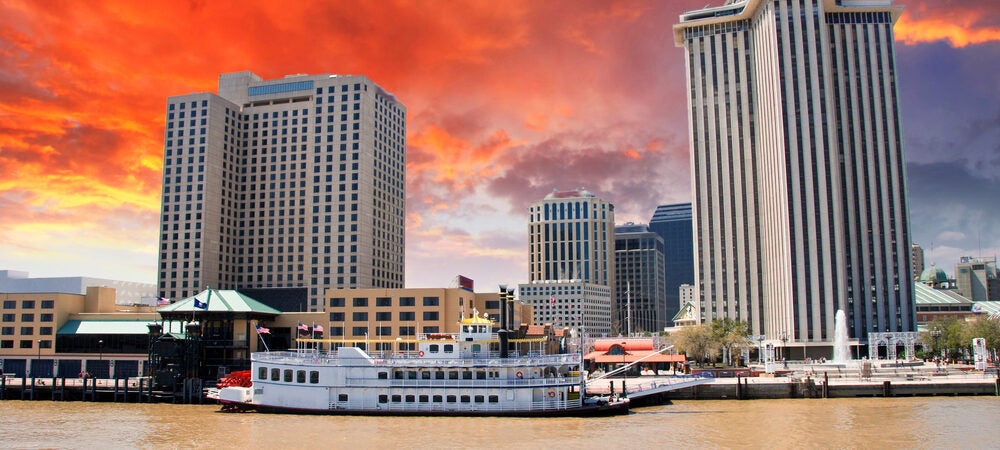NEW ORLEANS — The pandemic-era collapse of supply chains spurred speculation that globalization was on the decline, as companies vowed to become less reliant on foreign providers of goods and services. But if New Orleans is any example, the world is headed for less of a retreat from global trade and more of an overhaul to how it operates.
A critical gateway between the Mississippi River and global oceans, New Orleans has been an entry and exit point for the United States since before the Louisiana Purchase. The city is now betting that position will continue — and even deepen — as the world enters a new era of global integration.
The New Orleans port is one of the nation’s busiest for agricultural exports like soybeans and corn. But it has struggled to compete for the lucrative imports that are ferried on huge ships from Asia, in part because those vessels cannot fit under a local bridge. As global supply chains rearrange in the pandemic’s wake, New Orleans’ proximity to Mexico and its position on the Mississippi River could help make it a crucial stop in what many expect to be a more resilient supply chain of the future.
Jeanna Smialek writes about the Federal Reserve and the economy for The New York Times. She previously covered economics at Bloomberg News, where she also wrote feature stories for Businessweek magazine.
Ana Swanson writes about trade and international economics for The New York Times. She previously covered the economy, trade and the Federal Reserve for The Washington Post.
This piece was originally posted on the New York Times.
To read the full article, click here.

